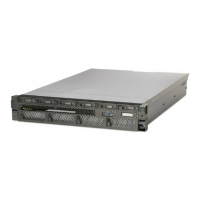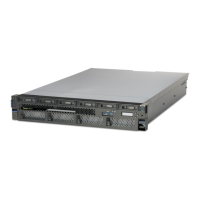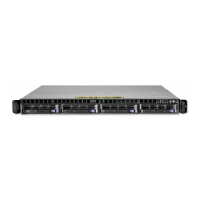v No: An attention system reference code (SRC) A1xx 3022 is displayed, which indicates that function
22 has been selected. Continue with the next step.
6. Perform the following steps on the control panel:
a. Reselect function 22.
b. Press Enter.
c. Switch back to normal mode and wait for the dump to complete. If function 22 was selected, SRC
A2D0 3000 on the console indicates that the main storage dump initiated by the user was
successful. (SRC B6xx xxxx indicates that a main storage dump initiated by the IBM i operating
system was successful.)
7. For details on how to copy, report, or delete a dump after you have completed a dump, refer to
Managing dumps.
Performing a slow boot
Use this procedure to perform a slow boot by using the Hardware Management Console (HMC), control
panel, or Advanced System Management Interface (ASMI) menus depending on your configuration.
In some cases, you need to perform a slow-mode boot to perform extended diagnostic testing.
Note: A slow-mode boot might produce a new reference code on the control panel or new errors in the
service processor error log. When the server reports a new error code, record it for use in subsequent
steps.
Performing a slow boot by using the Hardware Management Console
You can perform a slow boot by using the Hardware Management Console (HMC).
In some cases, you need to perform a slow-mode boot to perform extended diagnostic testing.
Note: A slow-mode boot might produce a new reference code on the control panel or new errors in the
service processor error log. When the server reports a new error code, record it for use in subsequent
steps.
To perform a slow boot, complete the following steps:
1. Record any reference codes appearing on the control panel or HMC.
2. Shut down all logical partitions and the server.
3. In the navigation area, open Systems Management.
4. Open Servers.
5. Select the server on which you want to perform a slow boot.
6. In the Tasks area, click Properties.
7. Click the Power-On Parameters tab.
8. Click Slow from the list in the Power-on speed override field in the Next column.
Note: These settings apply only to the current boot. After you complete the service action, the
settings revert back to the original setting.
9. Click OK.
10. After you are done, return to the step in the procedure that caused you to perform a slow boot. This
ends the procedure.
Common service procedures 73

